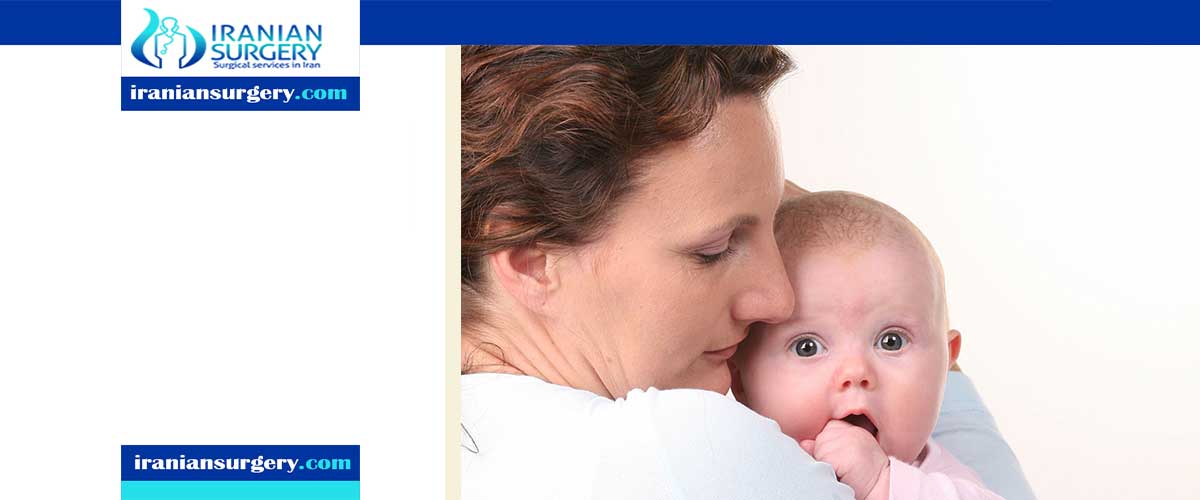What are the chances of one embryo implanting?
Can you get pregnant with one embryo?
Single and multiple embryos transfer success rate
Is it better to transfer 1 or 2 embryos?
What is the success rate of day 5 embryo transfer?
They found no statistically significant difference in live birth rate when comparing cumulative single embryo versus double embryo transfer rate (38.8 % vs. 42.9 %, P = 0.3). Compared to the eSET arm, the rate of multiple births was significantly greater in the double embryo group (0.8 % vs. 33.1 %, P < 0.001).
Read more about : What are the differences between GIFT and ZIFT?
Depending on the patient, implanting two embryos can slightly increase the chance of at least one of those embryos implanting and resulting in a successful pregnancy. Implanting two embryos can also result in those adorable twins, which is particularly appealing to parents needing IVF to get pregnant. They often think they can get two kids in one try and not have to go through IVF again.
Read more about : Frozen Embryo Transfer Step by Step
Read more about : What are the Biggest Differences between IUI and IVF?
But a pregnancy with twins can be more dangerous than adorable. Multiple pregnancy – which we call a pregnancy of twins, triplets or more – is fraught with potential health problems for the children and mother.
Multiple gestation pregnancies have higher risks for low birth weight children and premature birth, which can result in infant mortality or other problems for the children. Problems can include needing special care at birth (short or prolonged neonatal intensive unit care) and facing long-term issues such as developmental delays, ongoing lung and gastrointestinal dysfunction, cerebral palsy and other debilitating problems.
Read more about : Does icsi increase chance of twins?
The mother carrying twins has an increased risk of Caesarean section, which prolongs recovery and can result in hemorrhage during and after delivery. Worse, one or both fetuses may not survive to term and require removal. Carrying twins can also increase mom’s morning sickness, weight gain, and risk of developing gestational diabetes and blood pressure problems including preeclampsia. Further, the sleep deprivation, fatigue, marital and family stress created from caring for more than one baby has been shown to be far higher than when caring for one at a time.
Mothers and fathers have a choice: implant a single embryo or two. While it is possible to implant more than two embryos , few doctors will do that these days.
Read more about: ivf success rate
Read more about: 2nd IuI Success Rate
What are the chances of one embryo implanting?
Since its inception in 2002, the number of patients choosing elective Single Embryo Transfers has increased each year. In 2010, nearly 20% of all IVF patients and 41% of donor egg patients elected to transfer a single embryo which resulted in a 61% clinical pregnancy rate for IVF and 62% pregnancy rate for donor egg.
Can you get pregnant with one embryo?
You may worry that transferring only one embryo through IVF will reduce your chances of getting pregnant. This is not the case for everyone. In some patients, transferring more than one embryo does not double the chance of success. But it does increase the chance of a multiple pregnancy, with all the inherent risks.
Read more about: frozen embryo transfer timeline
Single and multiple embryos transfer success rate
Two embryos are not always better than one! In fact, the BEST trial in 2013 showed that the likelihood of success with a single embryo transfer is equivalent to that of a double embryo transfer (60.7% vs 65.1%) and that the risk of having a multiple gestation following a double embryo transfer is significantly increased (53% vs. 0%) compared to a single embryo transfer. Therefore, a single embryo transfer should strongly be considered for all patients before transfer of multiple embryos.
All patients considering transfer of multiple embryos should have a conversation with their doctor regarding their optimal plan of care and the additional risk of having twins or a higher order multiple pregnancy.
Is it better to transfer 1 or 2 embryos?
For patients < 35 years of age with a favourable prognosis, 'providers should only transfer a single embryo, and not more than two embryos. It's best practice to have only one embryo put back. Single embryo transfers don't affect success rates. Remaining good quality embryos can be frozen to use in any future treatment or donated.
Read more about: Success rate of fat transfer breast augmentation
Read more about: Can i bend down after embryo transfer?
What is the success rate of day 5 embryo transfer?
Some fertility clinics prefer to transfer embryos once they reach day 5. Your embryo (now called a blastocyst) is hard at work dividing and building up the number of cells. Here’s where division of labor comes in:
- Some of the cells form the inner cell mass (ICM). These develop into the fetus.
- Some of the cells form the trophectoderm epithelium (TE). These develop into the placenta and other tissues that your body needs for the pregnancy.
At this point, things are getting pretty cramped inside the shell (zona pellucida or ZP for short) that surrounds the embryo — and the shell is being pushed to its limits. As the embryo readies to burst through and implant itself in the lining of your uterus, the membrane of the ZP shell start to thin out.
The transfer of two blastocysts at day 5 was more favorable than two embryos at day 3 in a cohort of 164 infertile women aged <37 years in a randomized controlled trial. Overall, 86.4% of embryos were at the six- to eight-cell stage at 72 h and 30% developed to blastocyst by day.
Read more about: 2 embryo transfer success rate
Read more about: ICSI success rate after embryo transfer


